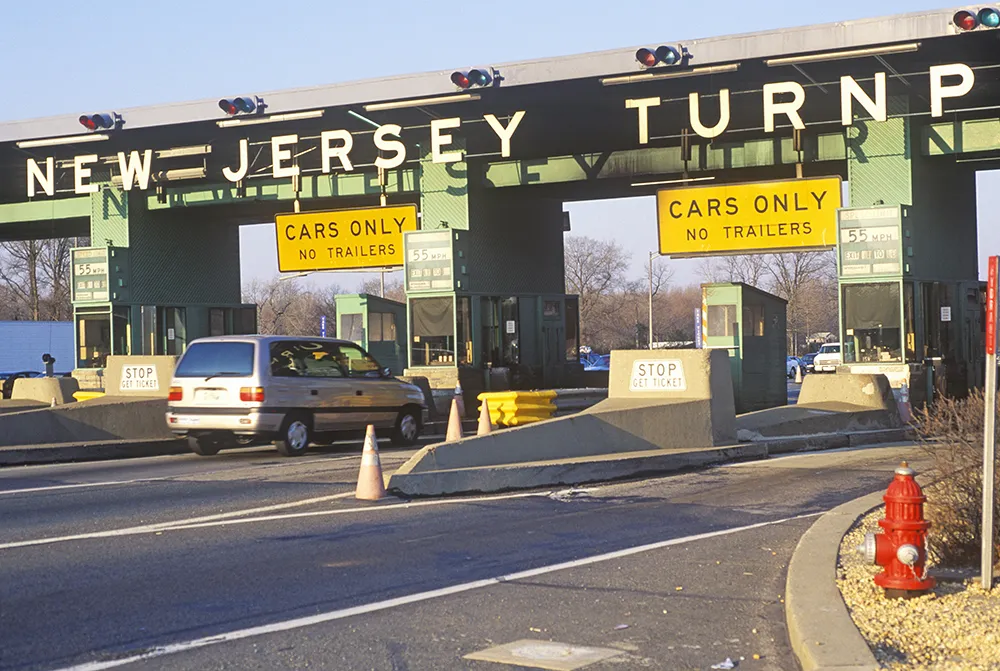
Cubic Transportation Systems has joined the #FREEtheMIBS campaign, opening up its Trafficware controller management information bases (MIBs).
MIBs provide a common language through which central traffic management systems and transportation management devices communicate - but they are not comprehensive and do not cater for the technical advances that are constantly made to the systems.
The FREEtheMIBs campaign, started by Q-Free, argues that transport authorities’ options are being limited by the lack of interoperability between various suppliers’ equipment and that this can effectively lock them into a single supplier and elevated pricing.
Cubic Transportation Systems' commitment is a coup for the campaign: the company manufactures Trafficware products, including traffic signal controllers comprising NEMA, Caltrans, and ATC designs, as well as the Gridsmart detection solution deployed at intersections.
Tom Stiles, executive vice president of urban solutions at Q-Free, called it a 'tipping point'.
Jeff Price, Cubic's general manager of ITS, admitted it was "a big step for us and not something we take lightly".
But crucially, he sees joining the campaign as giving Cubic a competitive advantage.
"We pioneered open and documented APIs in the industry at Gridsmart so that our customers could always stay flexible without getting locked into proprietary constraints," he explains.
"We believe this is where the industry needs to be. I look forward to seeing open, documented APIs from not just the hardware vendors, but also all the software vendors in the space."
"We certainly can’t just swap hardware lock-in for software or data lock-in," Price concludes. "We all need to compete on level playing fields so that our tax dollars go to the best products. This is a competitive move for us; the longer other companies sit on the proprietary sidelines, the greater advantage we’ll have in the marketplace.”
While not everyone in the industry shares this view, a number of other companies and organisations do: Cubic joins Siemens Mobility, Clary Corporation, Flow Labs, Mid American Signal, Rapid Flow Technologies, Encom Wireless and the Oregon and Utah DoTs as campaign supporters.
Stiles added: “Cubic’s Trafficware products represent some of the leading traffic controllers and ITS solutions in the business. This is a breakthrough for FREEtheMIBS and a tipping point for the industry, moving them toward open standards. The agencies see it, we see it, and it’s only a matter of time.”










